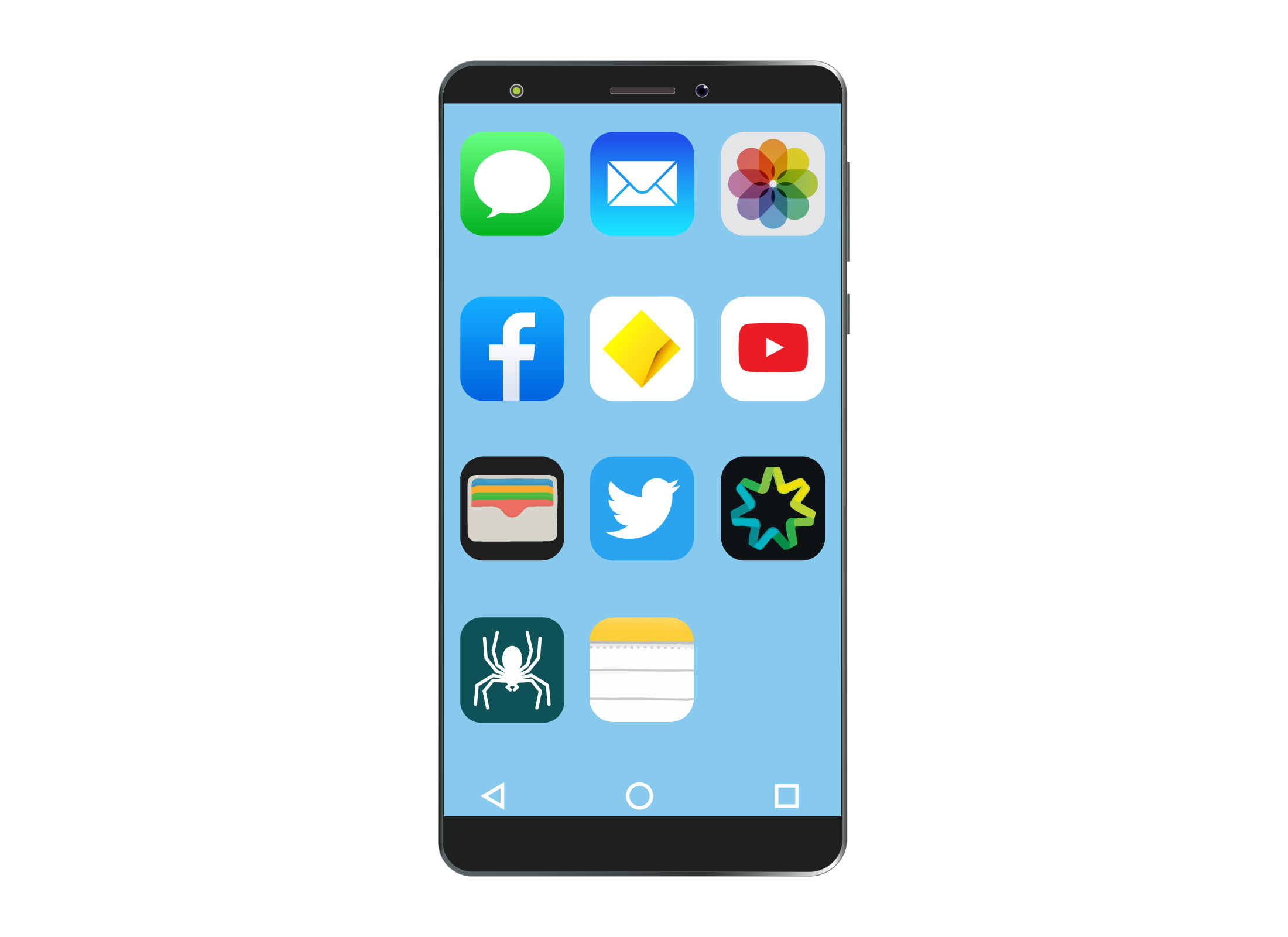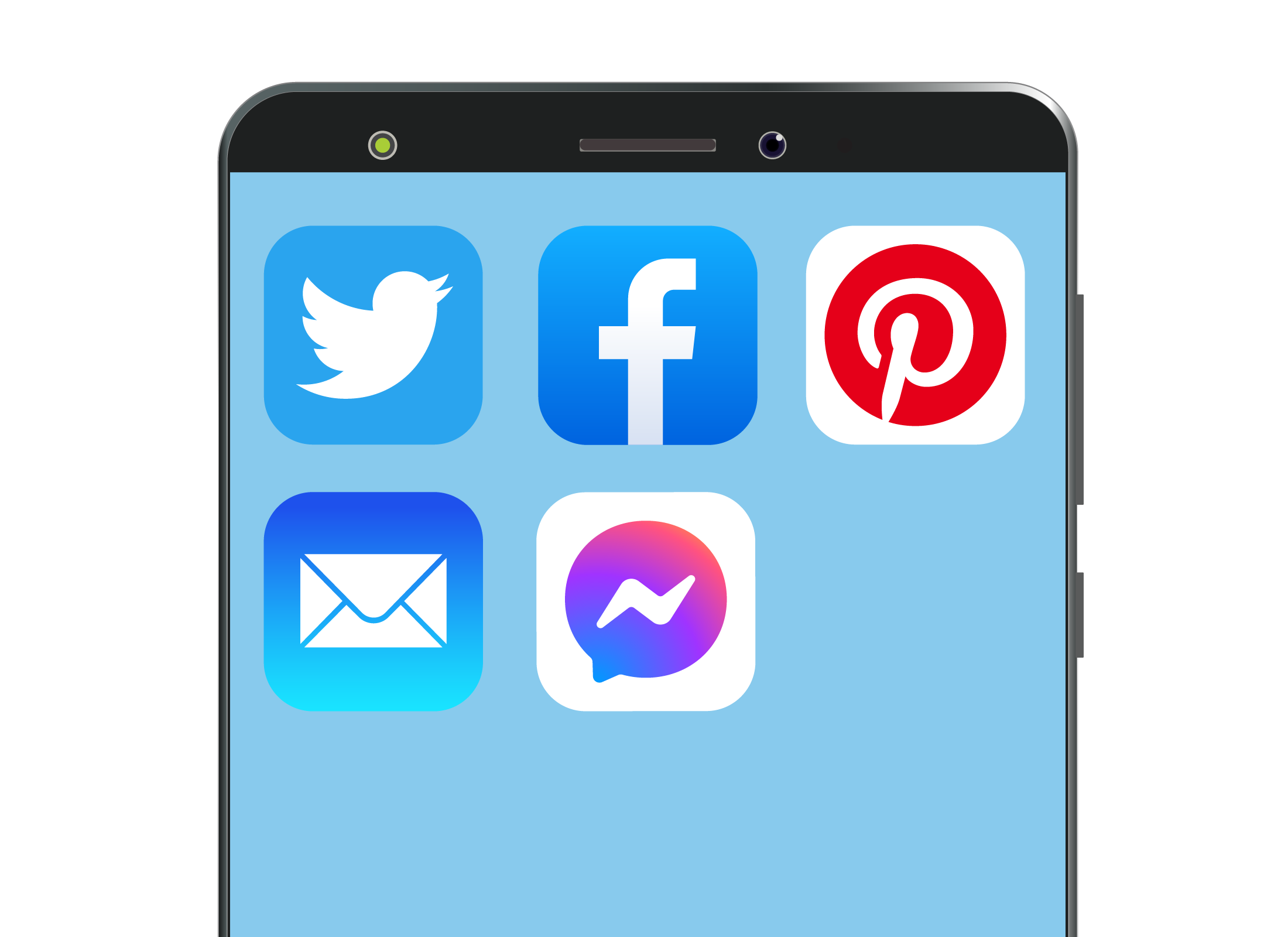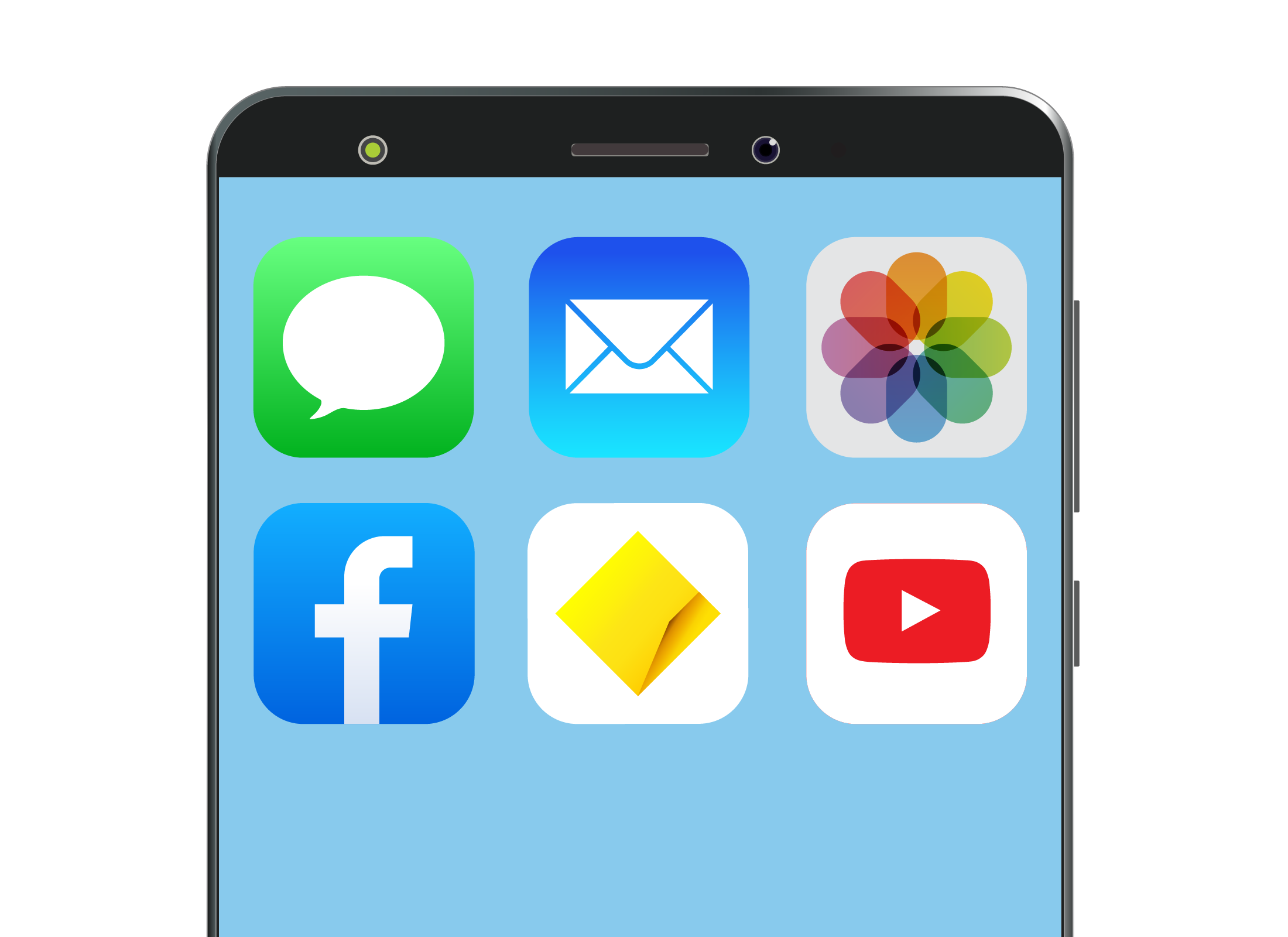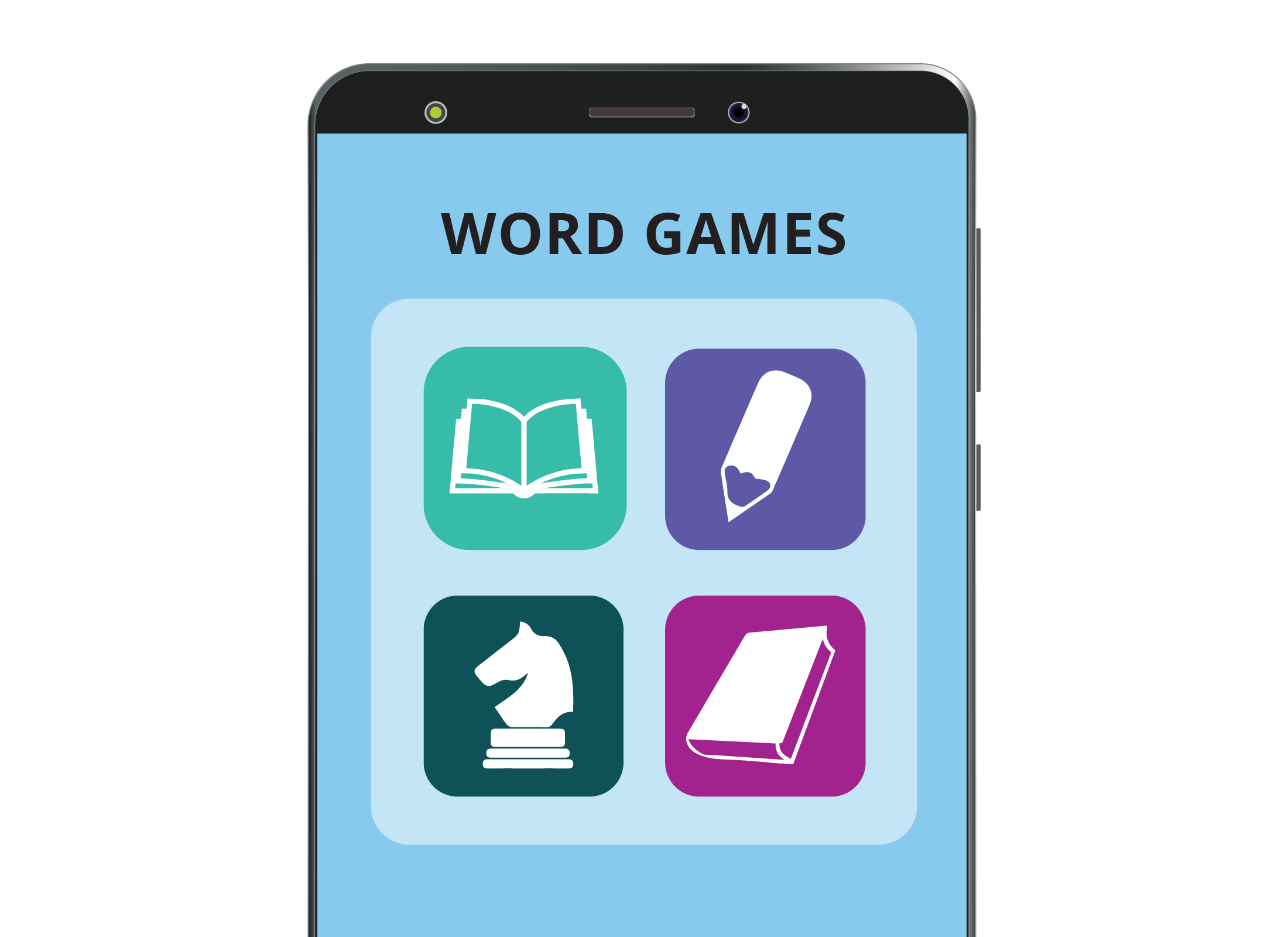Organising your apps

What's coming up?
It’s easy and fun to download apps, but the more you have, the harder they might become to find on your mobile device.
In this activity, you'll learn the benefits of organising your apps, and how to do it. Our demonstration uses a smartphone, but the steps are similar on a tablet.
Start activity
Time to organise your apps
You can easily collect lots of apps, and they can be hard to use if you have to search across many home screens on your mobile device to find them.
You can make apps easy to use by grouping them into folders, or on like-with-like pages.
Grouping similar apps
You can group apps simply by putting similar apps next to each other. You can put social media together, for example, then all your messaging apps, banking apps or government apps and so on.


Arrange apps on different pages
Your mobile device can have just one Home screen or many. A good way of organising things is having different types of apps on different Home screens. You can place your most frequently used apps on one page, followed by all your games apps, for example.
Place apps into folders
Arranging similar apps into folders is a good way to reduce the number of home screens you need to swipe through to find an app.
Most Android mobile devices, for example, may already have several Google apps in a folder. But you can create additional folders for, say, games, accounts or photo apps easily on both Apple and Android devices.

Organising apps on your smartphone
It’s easy to make and delete folders and pages on your smartphone or tablet - mostly you just drag and drop items.
Next is a video that will show you ways to organise apps on an iPhone and an Android smartphone.
On the next slide, click the play button on the video to watch it. You can also click anywhere on the video to pause or restart it.
How to organise apps on your smart device
This demonstration video is approximately 5 minutes and 39 seconds in duration. It demonstrates how to organise apps on an iPhone and on an Android smartphone. There is text and animation on stage throughout the video.
Once the video starts, the intro panel fades and we see the screen is split into two parts. On the left-hand side is an animation of an iPhone. On the right-hand side, there is text displayed, which is the script for the voiceover track.
Voiceover: "It's easy to organise apps on an Android or Apple smart device. You can categorise them into folders, or group them onto different home pages. Let's start with an iPhone."
The left-hand panel shows the iPhone Home screen being swiped to the left to move to the second page of apps. An myGov app icon is highlighted with a green circle.
Voiceover: "First, lightly touch and hold an app icon. After a moment, a menu will appear. You can now take your finger off the screen."
The left-hand panel shows the myGov icon being pressed and held until all a menu appears underneath it. The menu has three options: 'Edit Home Screen', 'Share App' and 'Remove App'. The app icon is then released.
Voiceover: "To make a folder, put your finger lightly back onto the icon and drag it away from the menu."
The left-hand panel shows the myGov app icon being pressed and dragged away from the menu. The menu disappears and all the other apps on the screen start to wiggle with small minus symbols displayed in the top left-hand corners. The myGov app is still being held and is highlighted by a pink circle.
Voiceover: "All the apps on the home screen will start to wiggle, and you can now drag the app icon onto another icon, then let go."
The left-hand panel shows the myGov app icon being dragged to the left and over the top of the neighbouring Medicare app icon. When the myGov app icon is directly over the Medicare app icon, a new folder appears containing the Medicare app icon. The myGov app icon is then released and is dropped into the folder alongside its companion. The two app icons are still wiggling. The iPhone has named the folder 'Productivity' which is a suggested title based on the type of apps the folder contains.
Voiceover: "The two icons form a group inside a folder. To change the name of the folder, tap the folder name to open the on-screen keyboard, and start typing."
The left-hand panel shows the folder name being tapped and the on-screen keyboard appears. We see the new name 'Government' being typed.
Voiceover: "Once finished, press the Home button to save your changes."
The left-hand panel updates to show the Home screen after the Home button has been pressed. The apps are no longer wiggling and the new folder 'Government' is visible.
Voiceover: "To make a new page for apps on the iPhone, lightly touch and hold an app icon."
The left-hand panel zooms in to another app icon, this time the Solitair app. A green circle highlights the icon, and we see that the icon is pressed and held in place. The options menu appears. We see the app being dragged away slightly from the menu and all the apps start to wiggle and have a small minus symbol in their top left-hand corners.
Voiceover: "Move the app slightly so that all apps wiggle, then let go. Now, touch and drag an app icon to the right edge of the screen. Keep holding it there as the home page moves away to the left."
The left-hand panel shows the wiggling Solitaire app being highlighted again with the green circle. We see it being pressed and held, then dragged over the right-hand edge of the screen and held there, which triggers a new page to appear. When a clean page appears, the icon is dragged up to the top of the page and let go to drop it into place.
Voiceover: "When you arrive at a new page, take your finger off the app icon to drop it on the page."
The left-hand panel stays watching the wiggling Solitaire app on its new page.
Voiceover: "To delete a page, simply drag all the app icons from it onto another page."
The left-hand panel shows the wiggling Solitaire app being dragged back to the left-hand edge of the new page to open the previous page of apps. We then see it being dropped back onto this page and the newly created page, now it has no icons on it, has disappeared.
Voiceover: "When you have finished moving apps, tap the Home button to stop them wiggling."
The left-hand panel shows the iPhone Home button has been pressed and the apps have stopped wiggling. Now the iPhone has dropped out of sight and an Android phone has replaced it, ready to follow the steps on an Android device.
Voiceover: "Now, let's see how you can organise apps on an Android device. If you have an Android phone, you can make a folder by touching and holding an app icon until a menu appears or the screen changes."
The left-hand panel shows the Play Store icon highlighted with a green circle.
Voiceover: "Without lifting your finger, drag the icon to the top of another app icon and let go. That will create a folder with both app icons inside."
The left-hand panel shows the Play Store icon being tapped and held, then dragged on top of the icon next to it. As soon as the Play Store icon is directly above the other icon, a new circular folder is created and you can see both icons are sitting inside the folder.
Voiceover: "Move more apps to the folder by dragging them in."
The left-hand panel shows another app being dragged into the new folder. Now that there are three apps, the folder expands to show it is currently unnamed.
Voiceover: "If your smartphone doesn't ask for a folder name, you can enter one by opening the folder, then touching and holding the folder name for a couple of seconds."
The left-hand panel shows the folder name being pressed and held until the onscreen keyboard appears. The folder name is then let go, so a new name can be typed in. We watch as the folder name 'Applications' is typed in.
Voiceover: "Once you've entered a name, press the Home button to save it."
The left-hand panel shows the Home button is pressed and the newly named folder is now visible on the Home screen, with a partial view of the three app icons it contains. We then see the Home screen being swiped to the left and a new page appears, with two different app icons displayed.
Voiceover: "To make a new page on an Android smartphone, touch and drag an icon to the right edge of the screen. Keep holding it there as pages move to the left."
The left-hand panel shows the Spider Solitaire app icon being pressed and held, then dragged over to the right-hand edge of the screen. We see a new page appear and the Spider Solitaire icon is positioned in the top left-hand corner of the new page.
Voiceover: "When you arrive at a new page, take your finger off the icon to drop it onto the page."
The left-hand panel shows the app being released and it settling in its new home.
Voiceover: "Removing a page on an Android phone varies depending on the model. For most Android smartphones, dragging all the icons from one page onto another will make the page disappear."
The left-hand panel shows the Spider Solitaire app icon being pressed and held, then dragged off the left-hand edge of the new page, and dropped on to its original spot on the previous page. The new page has disappeared.
Video ends.
Congratulations!
You've completed the Organising your apps activity. You've learned how to make it easier to find your apps.
Next, we'll look at the messages, or notifications, you get from some apps in the What are app notifications? activity.
